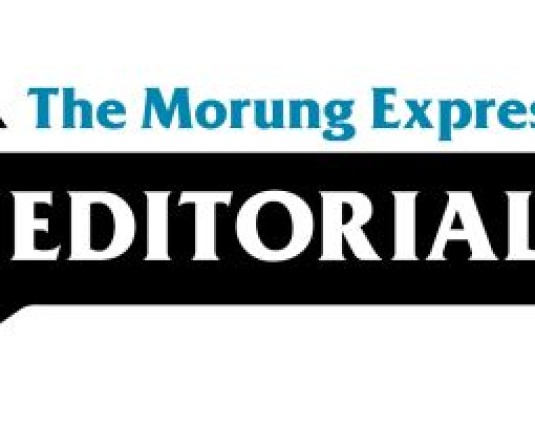Imkong Walling
Governmental censorship over issues deemed ‘sensitive’ is not a new phenomenon. The practice of secrecy by governments over matters of ‘national security’ has been an accepted standard worldwide. But one fails to understand the Government of Nagaland’s (GoN) tight-fisted approach to dissemination of information to the news media as far as COVID-19 is concerned.
“Never have I ever seen so much censorship in Nagaland. Ministers, Bureaucrats, Police Dept, other Dept heads, doctors et al seem to be guarding nuclear codes. What are you all hiding?”
Without a clear context, an observer would, in all likelihood, connect the line quoted above to the security situation in a state of India which often makes the big TV news, only, if it has the words Indo-Naga political talks; and sometimes, for intermittent gunfights.
But wait, rein in your imagination. It has nothing to do with security, let alone, national security secrets.
That questioning remark – posted by senior journalist Kallol Dey, on his Facebook page – is nothing short of exasperation and sums up the current sentiment of journalists in Nagaland tasked with the job of collecting ‘official’ information in the midst of the COVID-19 pandemic. As a news person, a comrade and a colleague, this writer, also stands in solidarity with him.
As journalists here have come to learn, getting information in Nagaland for news has never been an easy one. A job made unjustifiably tougher by an invisible but perceivable iron curtain, also known as, the GoN and its operatives. And the inferred ‘curtain’ has clearly got more opaque since the COVID-19 alarm was sounded in the state.
Aside from the daily bulletins from the Principal Secretary, Home, and sporadic press conferences in Kohima during the initial days of the lockdown, the bulk of information that has emerged has, unfortunately, been in the form of unsubstantiated claims or rumours.
With the government machinery, often left wanting, and not putting effort to clear doubts in official capacity, journalists are often caught scrambling to get credible information.
Here, the getting-credible-information part is like facing a fortress with an iron curtain of a governmental chain of command.
“I am not authorized to speak, kindly talk to the superiors” is the preferred response from mid-level officials, while, “Please contact the officials on the ground or the departmental officials,” is the standardised response from the top officials, including the government Spokespersons for COVID-19.
The government’s perceived reasoning, that of, curtailing unnecessary fear psychosis sounds fair enough.
However, as pointed out by Dey, the government’s rigid stance has only proven to be fodder for rumour-mongering and spread of fear, followed by stigmatization even before confirmation of cases.
The state government already has Spokespersons at the Ministerial level, but the situation demands more of such official Spokespersons at the district and departmental levels, too.
For the sake of camaraderie and courtesy, ground officials, are often compelled to put their neck on the line, by speaking to the media anonymously.
With Spokespersons in place, till such time the pandemic stays, it will save ground officials, who are already neck-deep in COVID-19 work, valuable time by not having to respond to pestering queries from journalists.
The writer is a Principal Correspondent at The Morung Express. Comments can be sent to imkongwalls@gmail.com






